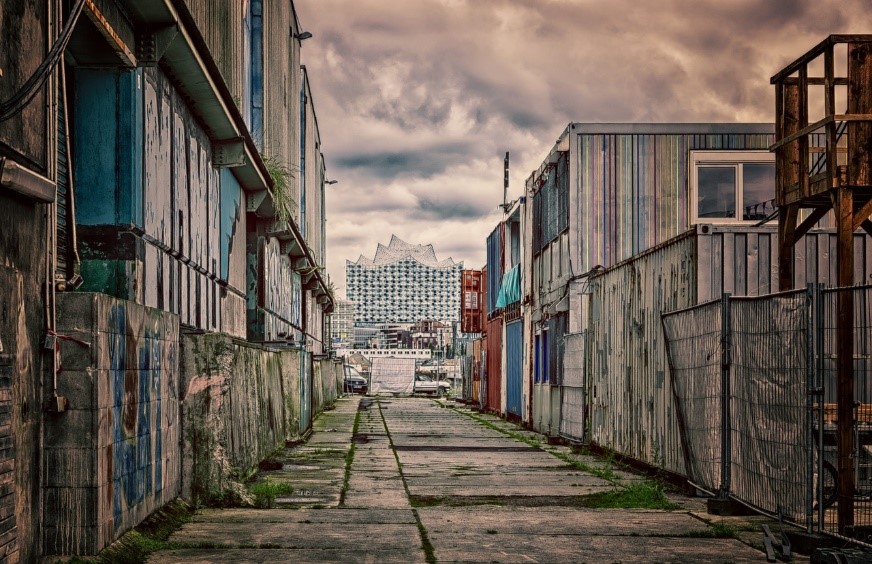Home » Construction » Slum Proliferation: Part 2 Slum Conversion
In Part 1 of this series, we discussed the causes and issues associated with slum proliferation. In this article, we will be discussing the solutions employed by three countries to reduce slum proliferation.
As discussed in Part 1, slums are an urban problem all around the developing world. However, countries like India, China, and Thailand are working towards reducing the proliferation of slums and employing innovative solutions to tackle the problem. Let’s take a closer look at the solutions proposed or employed by these countries.
India
In 1995, a new and creative scheme of slum redevelopment was introduced in India. Under this current scheme, private developers in the country can buy slum land from the government at 25% of its market value and then redevelop it, provided that the regulations for safety and health are followed.
Before redevelopment of the slum area, the developer must have the consent of 70% of slum dwellers. The developer then clears the area, builds multi-story apartments, on a part of the slum, which is then provided to eligible slum dwellers free of cost. Over the remaining land, the developer is free to construct buildings and sell them on the market. Due to this program, many old slum areas now house high-end residential buildings through which the developers make their profit.
China
To tackle the growing housing problem, China introduced a project called “Shantytown Reconstruction” in various provinces. This project is aimed at improving the living standards of the poorest, specifically those who live in slums. However, for China, the reconstruction doesn’t just stop at improving housing conditions; further focuses on promoting employment, rising incomes, encouraging entrepreneurship, and making sure that communities live together peacefully.
This approach towards reconstruction takes the solutions for slum proliferation one step further by reducing, and in some cases, completely eradicating the causes of slums, to stop future proliferation. The aim of this reconstruction project is to make sure that shantytown residents are able to move in easily, live in comfort, and enjoy stability.
Thailand
Thailand is one of the best examples of countries that improved their housing conditions. It did so by empowering its residents so that they could help themselves. Through a program, called “Baan Mankong”, the residents of low-income areas are given funds to upgrade slum dwellings to decent homes.
Residents are supposed to spend the funds on better sanitation and infrastructure. However, the loans are only given to communities or neighborhoods if they form saving groups and a governing body. Once they have collected 10% of the money they require, they qualify for a loan. These communities then use collective decision making to manage their budget and decide how to best improve problems specific to their living standards.
This encourages communities to work hard to improve their housing conditions. Thus, not only do they improve housing but also build social systems through which these communities improve their living conditions. This program in Thailand has been very successful and has dramatically improved living standards in 300 cities. This is partially supported by the fact that the proportion of the population living in urban areas increased from 29% to 44%, the percentage of people living under the poverty line dropped from 39% to 9%.
It can be seen that all three countries have used different and innovative methods to deal with slum proliferation.
In Part 3 of this series, we will discuss the programs Pakistan has employed to tackle slum proliferation, and present improvements to make them more effective.



